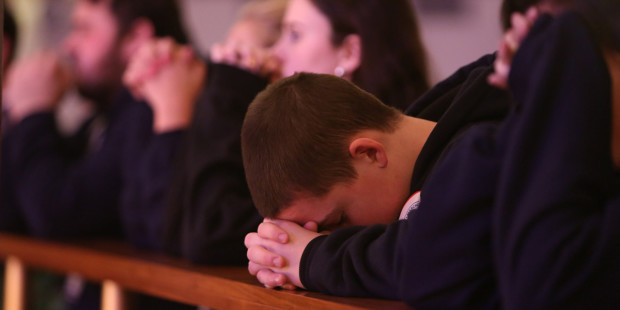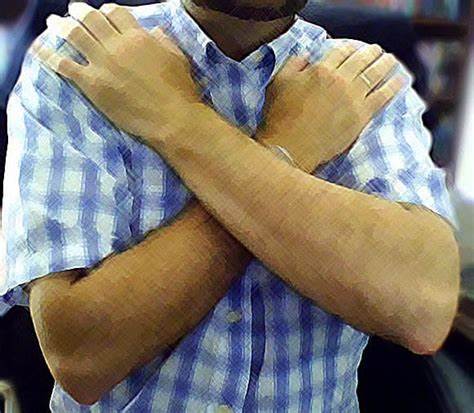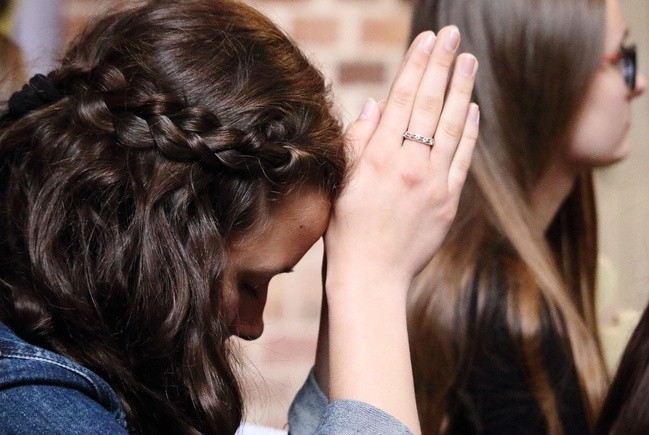Hands together for prayer.
A gesture that expresses what is in the heart, but also the other way around: it ignites the heart.
Perhaps it’s a truism to say that words mean little when deeds contradict them. What’s a bit less obvious is that sometimes the body language of a person reveals more than their words. Body posture, gestures and even facial expression can often reveal what a person is trying to hide in what they say. So, body language plays an important role in communication, as any student of psychology will tell you. However, it is also often important when we don’t intend to hide anything. It helps to express what is difficult to put into words alone. We know that a kind gesture sometimes means more than just explanations and declarations.
Body posture and gestures also have significance in prayer. Both communally and individually. On the one hand, sometimes they express what we want them to express; giving support to the verbal message. On the other hand, especially during communal prayer, they also help us to be aware of what we are experiencing; affecting our heart and soul. Some of this has been considered in previous signs: standing, sitting, kneeling as well as honouring, the raising of hands, striking the breast and making the sign of the cross. This time we dwell on the gesture of hand together, and then more broadly on other gestures, not so much applying to the liturgy as to in other prayers, both communal and individual.
Hands together, in such a way that the palms of left and right are facing each other, is best known and most often used as a gesture of prayer. It is, in fact, an expressive gesture synonymous with prayer. A gesture that has been known for centuries to express devotion, submission and faithfulness. The response was to accept the hands place together into the open hands of the one receiving the declaration.
It is this way a soldier would put his hands together to put them into the hands of the ruler as a sign of devotion and fidelity. Fiefdom in the Middle Ages was expressed in a similar way. And in a similar way during the vow of obedience, at priestly ordination, the bishop accepts the candidate’s promise. God is spirit and you can’t see His hands accepting the hands put together, but that’s what this gesture is all about. It’s about a declaration of devotion, submission and fidelity. Therefore, when I hold my hands like this in prayer, I declare that God is my Lord; that I know my destiny is in His hands, that I depend on Him for everything. And with this attitude of spirit, I adore Him, I thank Him, I say I’m sorry or I ask of Him.

In the practice of prayer, especially individual, however it happens that the hands are held together differently. This is not necessarily a sign of inattention or neglect of God. A clue of how to understand is this . . . intuition; interpreting it in the context of how we use this or other gestures in everyday life. And so, hands clenched together, sometimes firmly, may express a fervent request.
Crossed over the chest with hands on the shoulders is telling God “I am Your servant”.
There aren’t too many gestures in the liturgy. However, there no restriction on using them in prayer outside of liturgy, whether communal or individual. Without gestures or even without words, God knows what bothers us, what we want, what we are trying to express. But these gestures, just as body posture, allows us to better understand, to feel and to experience what we are doing. They help me to realise who I am and who I am praying in front of.

